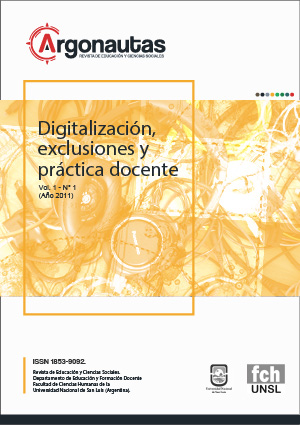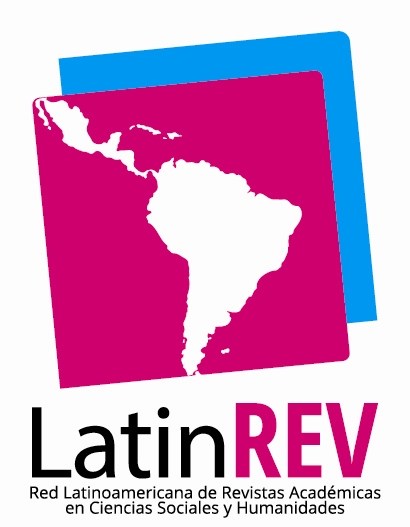Hibridization as a possibility for the achievement of a high degree of curricular flexibility
Keywords:
curriculum, curricular hybridization, curricular designsAbstract
This paper is about the organization of curricular designs at university level within the framework of the debate regarding complementarity between scientific, technological and humanistic knowledge in the field of technological disciplines. To this end, different curricular formats that allow the overcoming of traditional breaks caused by fragmented disciplinary structures are taken into account. In this sense, this research has focused on the analysis of the curricular designs of engineering, which proved to be closed and rigid. The contributions from curricular theory allow the thinking of new models that conjugate different fields of knowledge grounded on a flexible curricular organization. In line with this, and taking into account the need for integralformation for future professionals, it proves necessary to think designs that allow the assembling, connecting and linking of different contents, research and experiences with the purpose of achieving meaningful learnings. To that end, two degrees of curricular flexibility are proposed: of integration and of hybridization. The latter understood as the possibility of combining, connecting, creating, innovating; thus becoming a category that goes beyond traditional curricular models.
Downloads
References
Bates, A.W. (2001). Cómo gestionar el cambio tecnológico. Estrategias para los responsables de centros universitarios. Editorial Gedisa. S.A. España.
Beane, J. A. (2005). La integración del currículum. Ediciones Morata, S. A. España.
Catalano, A; Avolio De Cols, S. y Sladogna, M. (2004). Diseño Curricular basado en competencias laborales. Conceptos y orientaciones metodológicas. Editorial Centerfor/OIT. Buenos Aires, Argentina.
Cornella, A. (2002) “El futuro es híbrido”. Revista de Innovación N.º 45.
De Alba, A. (coord.) (1997) El currículo universitario de cara al nuevo milenio. Editorial Centro de Estudios sobre la Universidad. Plaza y Valdés Editores. México.
Díaz Barriga Arceo, F. (2005). “Desarrollo curricular e innovación. Modelos e investigación en los 90”. Revista Perfiles Educativos. Vol XXVII. Pp 57-84. México.
Durán Actorga, A. (2008). Efecto Médicis. El triunfo de lo híbrido. Artículo. Recuperado de: http://www.enjambre.org/content/view/1472/EFECTO-MEDICIS-DE-TRIUNFO-DE-LO-HIBRIDO.htrr
Fernández Pérez, M. (2004). Las tareas de la profesión de enseñar. Práctica de la racionalidad curricular. Didáctica aplicable. Editorial Siglo Veintiuno. Madrid, España.
Ferreyra, H. y Perretty, G. (2006). Diseñar y gestionar una educación auténtica. Ediciones Novedades Educativas, México. Buenos Aires, Argentina.
Guarro Pallas, A. (2002). Currículo y democracia. Ediciones Octaedro. Barcelona, España.
López Jiménez, N. E. (2001). La de-Construcción curricular. Editorial Cooperativa Editorial Magisterio. Bogotá, Colombia.
Maluf, A. (2009). La necesidad de una formación humanística en la cultura contemporánea. Ponencia. Universidad Nacional de Catamarca.
Quintana, H. (1998). Integración curricular y globalización. Santo Domingo. República Dominicana. Recuperado de: http:/ofdp_rd.tripod.com/conferencia/quintana.html.
Ortega y Gasset, J. (1976). Misión de la Universidad. Editorial El Arquero, Madrid, España.
Downloads
Published
Issue
Section
ARK
License
Copyright (c) 2011 María Ana Verna

This work is licensed under a Creative Commons Attribution 4.0 International License.






